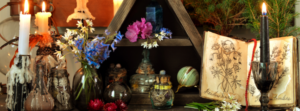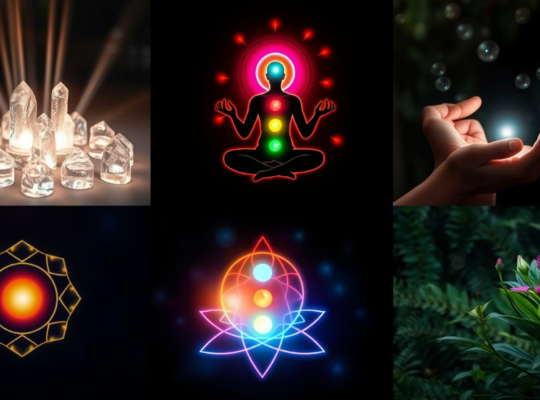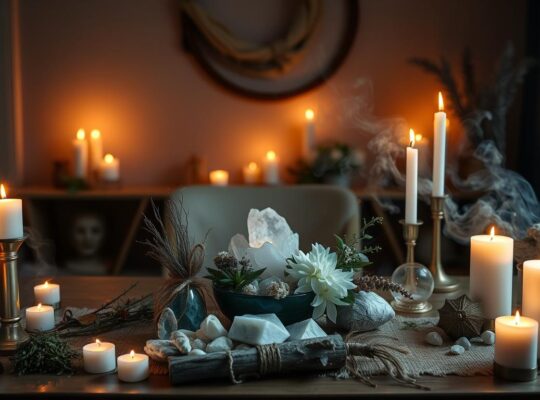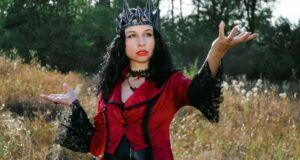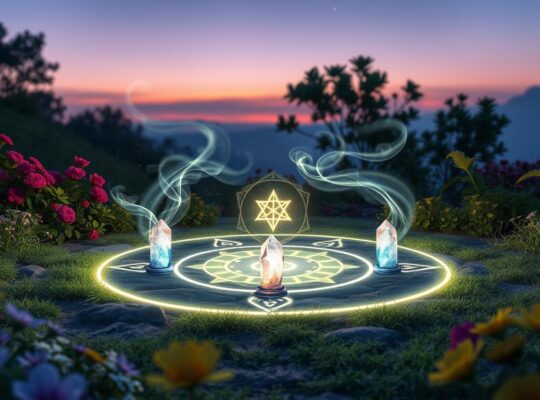The Renaissance was a time of profound transformation, not only in art and science but also in the mystical realms of alchemy and witchcraft. These esoteric practices, often shrouded in mystery and misunderstanding, played a significant role in shaping the intellectual and cultural landscape of the period. In this blog, we delve into the intriguing connection between alchemy and witchcraft during the Renaissance, exploring their philosophical underpinnings, notable figures, and lasting impact on modern culture.
Introduction to Alchemy and Witchcraft in the Renaissance
During the Renaissance, Europe was a melting pot of ideas, where the allure of the unknown captivated the minds of many. Alchemy and witchcraft, though distinct in their practices, shared a common thread of mystery and transformation. Alchemy, with its roots in ancient Egypt and Greece, aimed at the transmutation of base metals into gold, the creation of a universal panacea, and the discovery of the philosopher’s stone—a symbol of ultimate enlightenment and perfection.
Witchcraft, on the other hand, was deeply rooted in folklore and tradition, encompassing a wide range of practices from herbalism to divination. During the Renaissance, witchcraft evolved as practitioners sought to harness natural and supernatural forces for healing and insight. The line between alchemy and witchcraft often blurred, as both sought to understand and manipulate the unseen forces of nature.
Philosophical Underpinnings and Socio-Cultural Influences
Alchemy was not merely a proto-science but a rich philosophical tradition that merged material and spiritual pursuits. Alchemists believed in the interconnectedness of all things and sought to purify the soul alongside their physical experiments. This holistic approach resonated with the Renaissance humanism movement, which emphasized the potential for human achievement and understanding.
Witchcraft, with its roots in ancient pagan traditions, was influenced by the socio-cultural shifts of the Renaissance. The rise of humanism and the decline of medieval scholasticism allowed for a broader exploration of esoteric knowledge. However, society’s fascination with the mystical arts was often tempered by fear and suspicion, leading to a dichotomy where practitioners were both revered and reviled.
Prominent Figures Bridging Alchemy and Witchcraft
The Renaissance saw several notable figures who navigated the realms of alchemy and witchcraft. Paracelsus, a Swiss physician and alchemist, is renowned for his holistic approach to medicine, blending alchemical principles with traditional healing practices. His work laid the foundation for modern pharmacology and challenged the medical orthodoxy of his time.
Other figures, such as John Dee, an English mathematician and occultist, exemplified the blending of scientific inquiry and mystical exploration. Dee’s extensive library and intellectual networks connected scientists and occultists, fostering an environment where alchemy and witchcraft could coexist and thrive.
The Perilous Path of the Occult: Persecution and Prosecution
Despite their contributions to knowledge and culture, practitioners of alchemy and witchcraft often faced persecution. The Church’s stance on these practices varied, with some alchemists enjoying patronage while others faced condemnation. Witch hunts and trials became a grim reality, fueled by treatises like the “Malleus Maleficarum,” which sought to root out witchcraft with brutal efficiency.
Alchemy, with its ties to noble patrons and its perceived scientific merit, often escaped the harshest persecution. In contrast, witchcraft, associated with superstition and heresy, bore the brunt of societal fear and repression.
Legacy and Modern Interpretations of Renaissance Esotericism
The legacy of Renaissance alchemy and witchcraft endures in modern culture, influencing everything from literature to science. Alchemical thought, with its emphasis on transformation and enlightenment, can be seen in contemporary scientific pursuits and philosophical explorations.
Witchcraft, once stigmatized, has experienced a resurgence as a symbol of empowerment and connection to nature. Modern practitioners draw from historical roots, adapting rituals and beliefs to suit contemporary spiritual needs.
The Renaissance was a time of exploration and discovery, where alchemy and witchcraft offered pathways to understanding the mysteries of the universe. Despite facing persecution, these practices left an indelible mark on history, inspiring generations to seek knowledge beyond the visible world. As we reflect on this rich legacy, we are reminded of the enduring power of curiosity and the transformative potential of the mystical arts.
Embrace the magic of every day—it’s all around you!

FAQs
Q: What is the philosopher’s stone in alchemy?
A: The philosopher’s stone is a legendary substance in alchemy believed to enable the transmutation of base metals into gold and grant immortality.
Q: How did Renaissance humanism influence alchemy and witchcraft?
A: Renaissance humanism emphasized human potential and achievement, encouraging exploration of esoteric knowledge and blending of scientific and mystical pursuits.
Q: Why were witchcraft and alchemy persecuted during the Renaissance?
A: Witchcraft and alchemy were often viewed with suspicion due to their association with heresy and superstition, leading to persecution by religious and secular authorities.
Q: How are modern practices influenced by Renaissance alchemy and witchcraft?
A: Modern practices draw from the philosophical and spiritual insights of Renaissance alchemy and witchcraft, adapting rituals and beliefs for contemporary spiritual exploration.
For more insights on esoteric practices and their modern interpretations, check out our previous blog on Eclectic Witchcraft: Crafting Your Own Magical Path.

